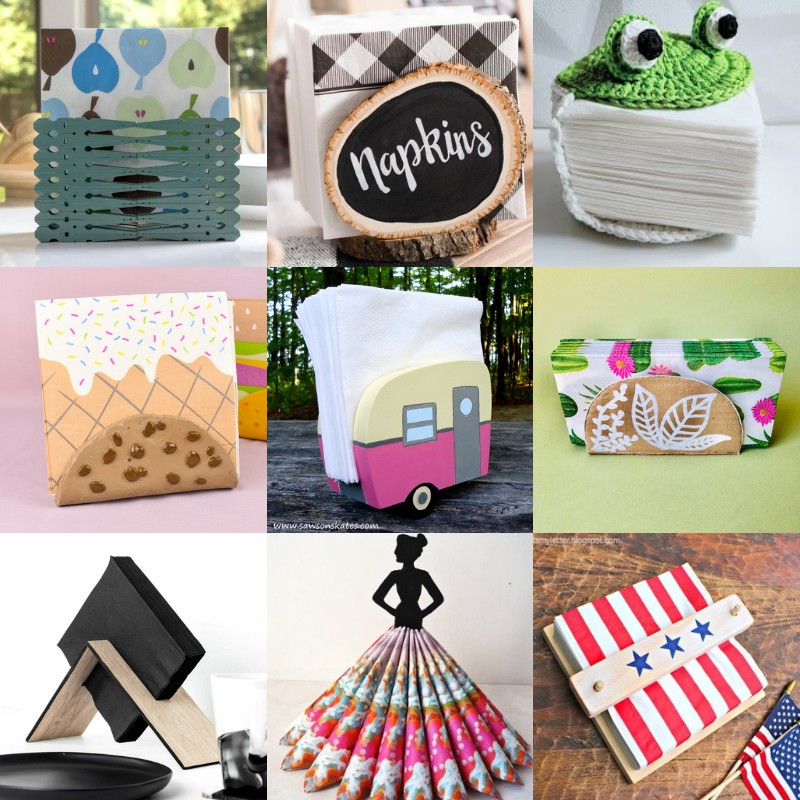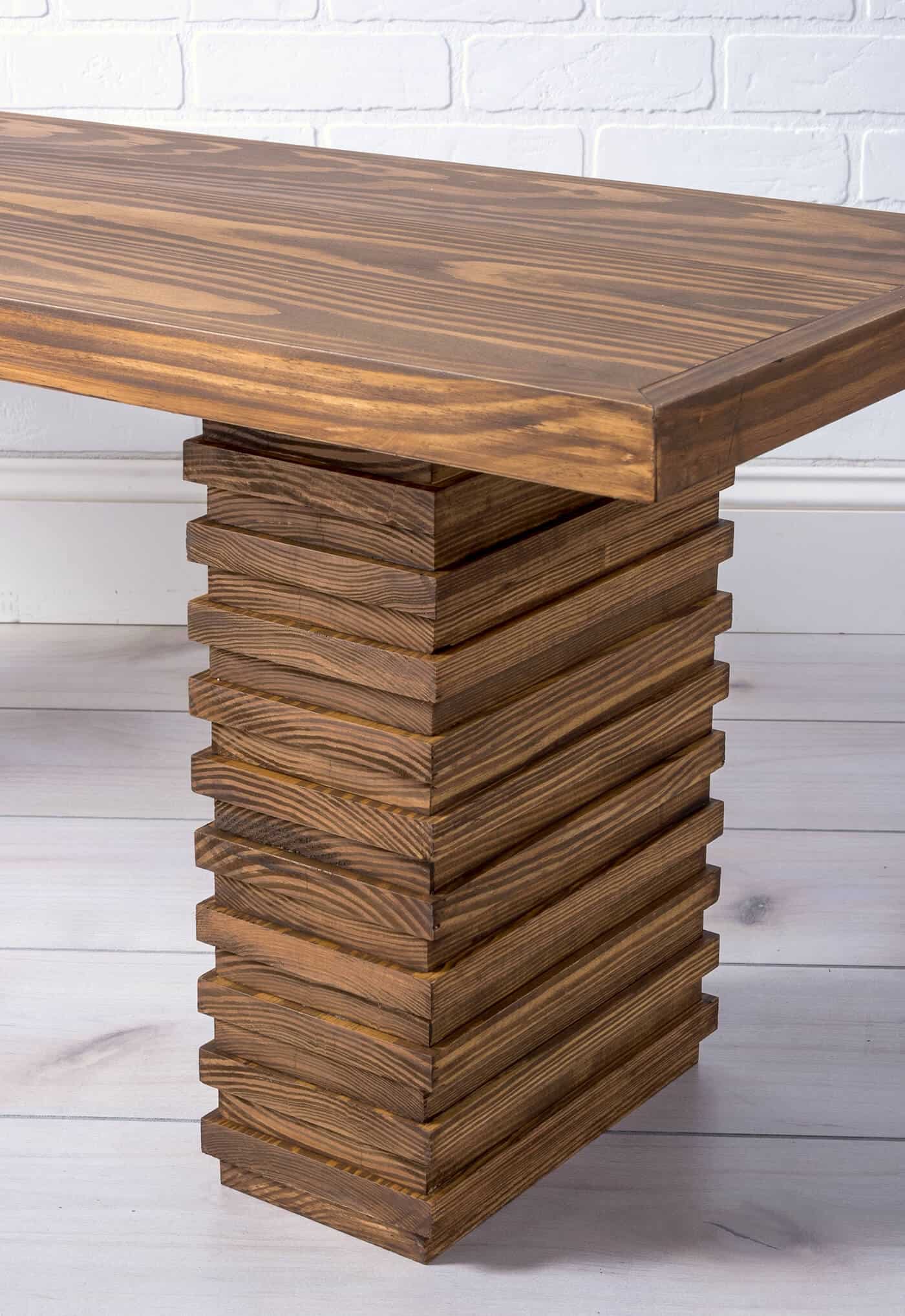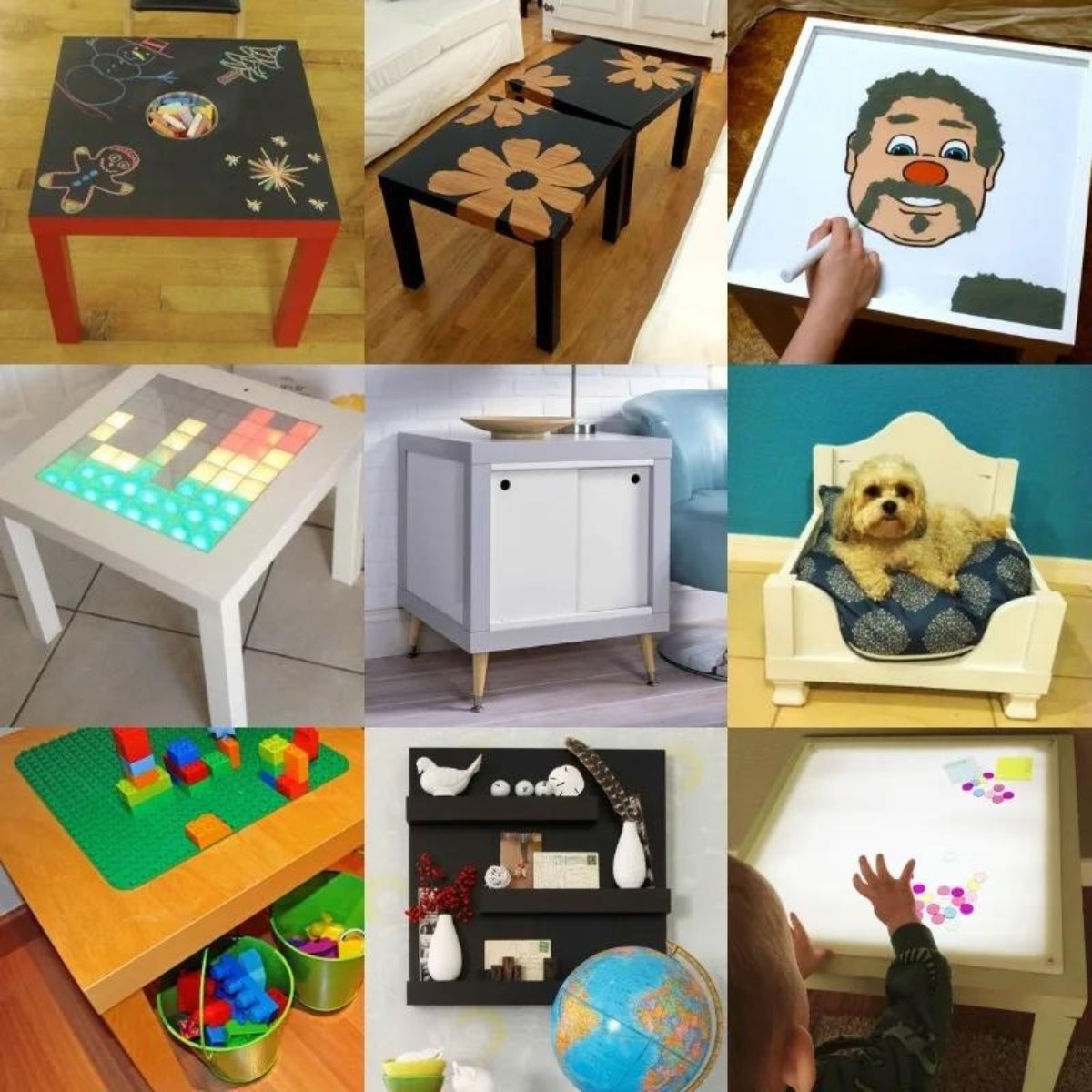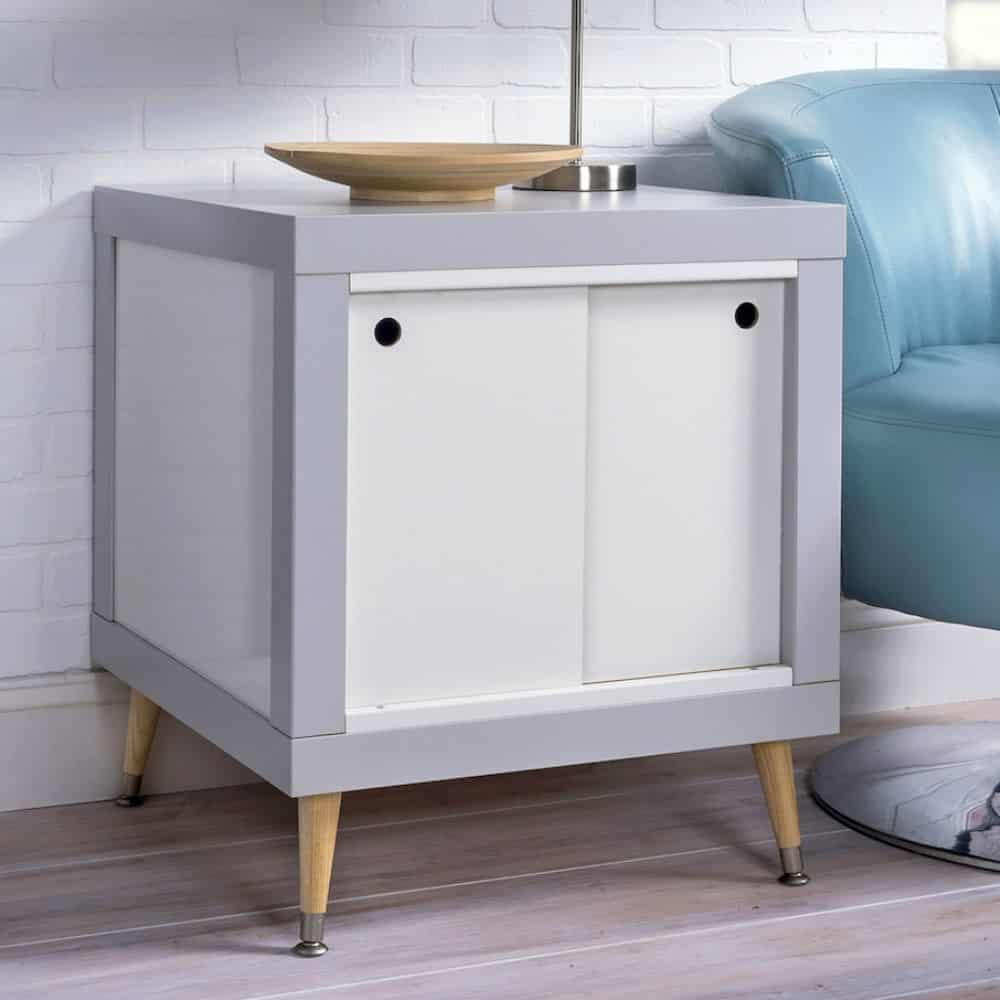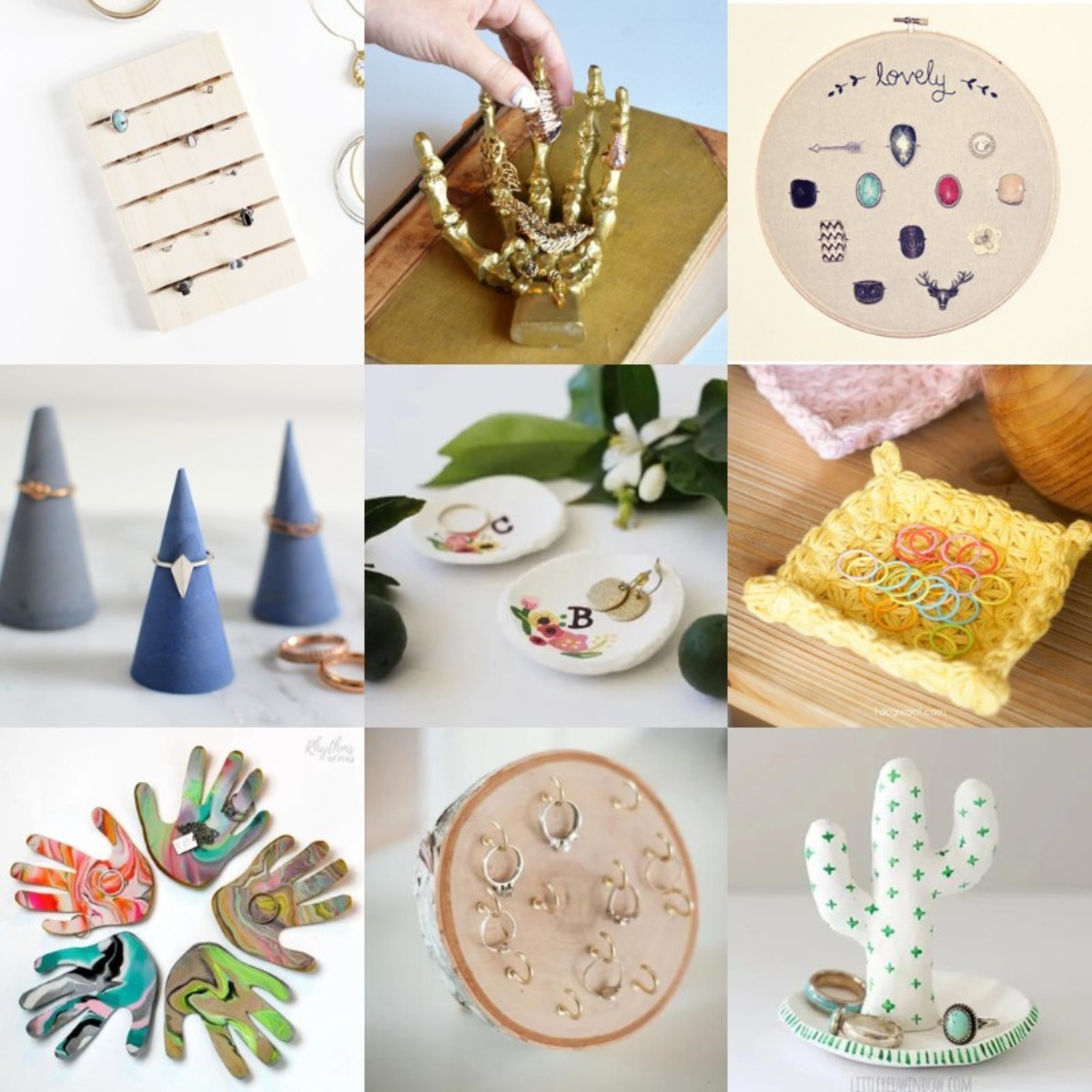Woodworking Safety Equipment: Our Essentials
What woodworking safety equipment do you need on hand to protect yourself during your DIY projects? Here are our top seven essential items.
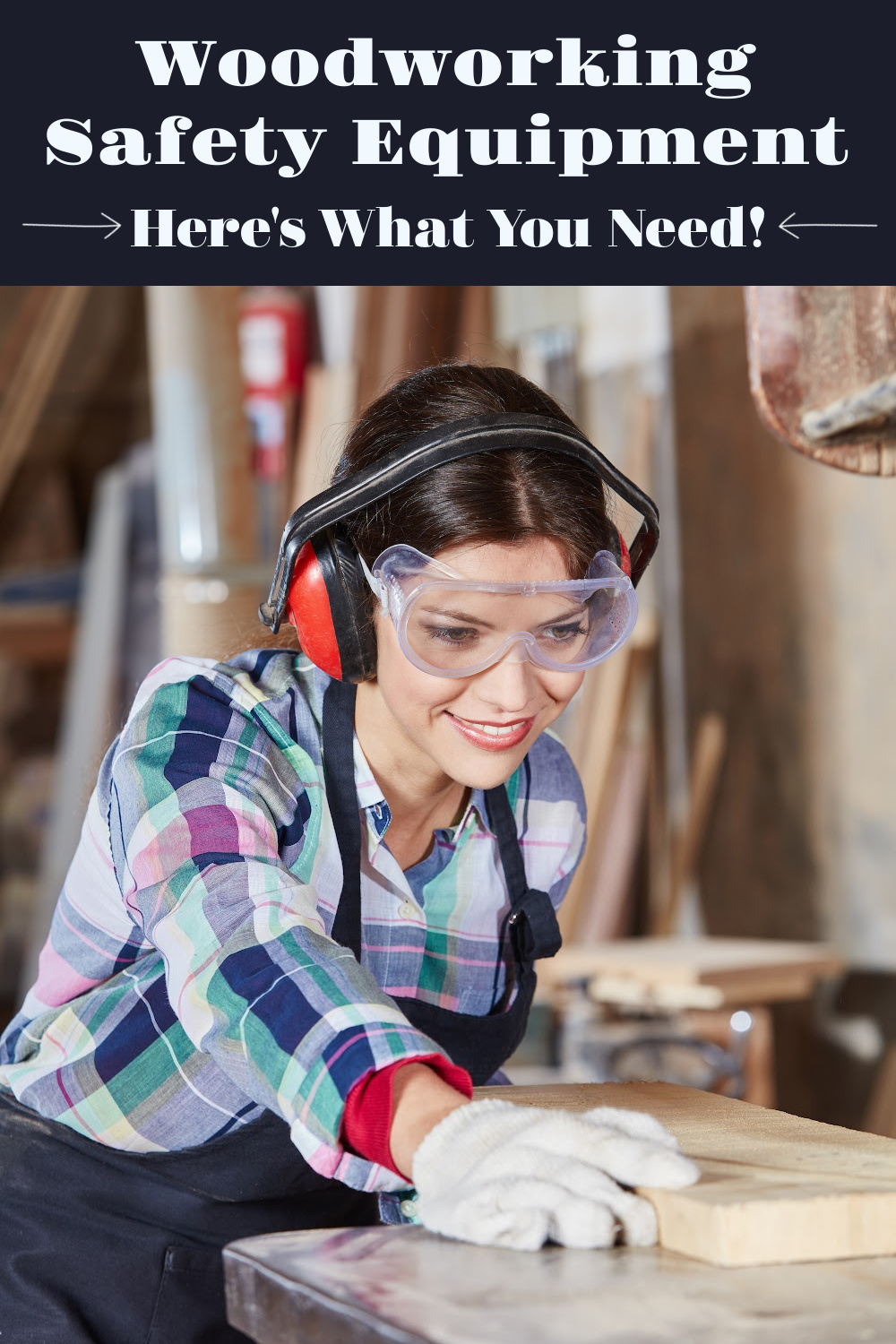
If you’re just getting started with woodworking, you might be overwhelmed. There’s a lot to learn! There’s also a lot to potentially buy, especially if you’re building your collection of power tools.
So what woodworking safety equipment do you actually need to get started? And why is it even important in the first place?
I’ll be honest – I’m frequently one to poo poo safety equipment. It’s an extra step, and if you know me you know I’m not a big fan of extra steps. BUT when you’re working in a woodshop, you’re dealing with a lot of hidden dangers.
And I have a friend who is missing a finger because he wasn’t wearing the property gear when using a saw. His nickname is “the Claw” (I’m serious!).
My uncle was also a professional woodworker for his entire career, and let me tell you – the pros take it seriously. In his entire career, he never hurt himself significantly, and the reason is because he always wore the proper woodworking safety equipment. He didn’t come to play!
Woodworking Safety Gear
There are seven pieces of woodworking safety equipment I’d recommend that you have in your arsenal to complete your building and DIY projects. Here’s my list.
Safety Goggles or Glasses
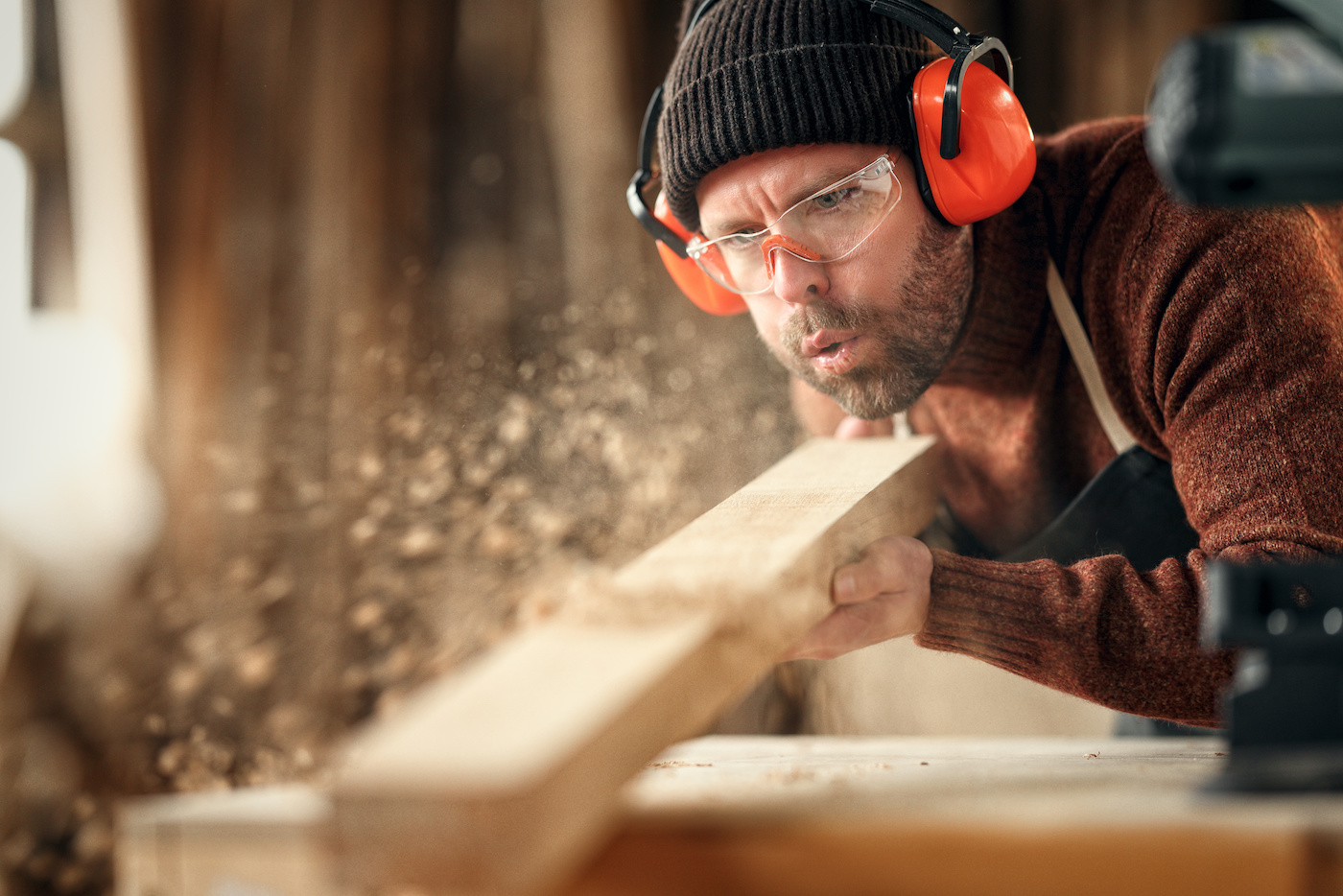
When working with wood, a lot of dust and debris is created. By using safety glasses or goggles it will keep the particles from getting into your eyes.
Not to mention there are small chunks of wood that can get kicked up by a saw or router. These are even more dangerous when a tool sends them spiraling at your face.
Some of you might wear glasses (I do). Yes, they do protect you better than nothing. But, typically regular glasses don’t offer the wrap-around style of the safety goggles.
You can purchase prescription safety glasses that will provide you much more protection, AND you can see at the same time (bonus!).
Sound Protection (Earplugs and Earmuffs)

A lot of the power tools used in working with wood (saws, drills, routers, sanders) create a lot of loud noise. Over a long period of time this noise can damage your hearing.
Earplugs and earmuffs can prevent this damage. I’ll tell you what – at 46 years old, protecting my hearing has never been more important, especially as it starts to go sideways naturally.
Dust Mask or Respirator
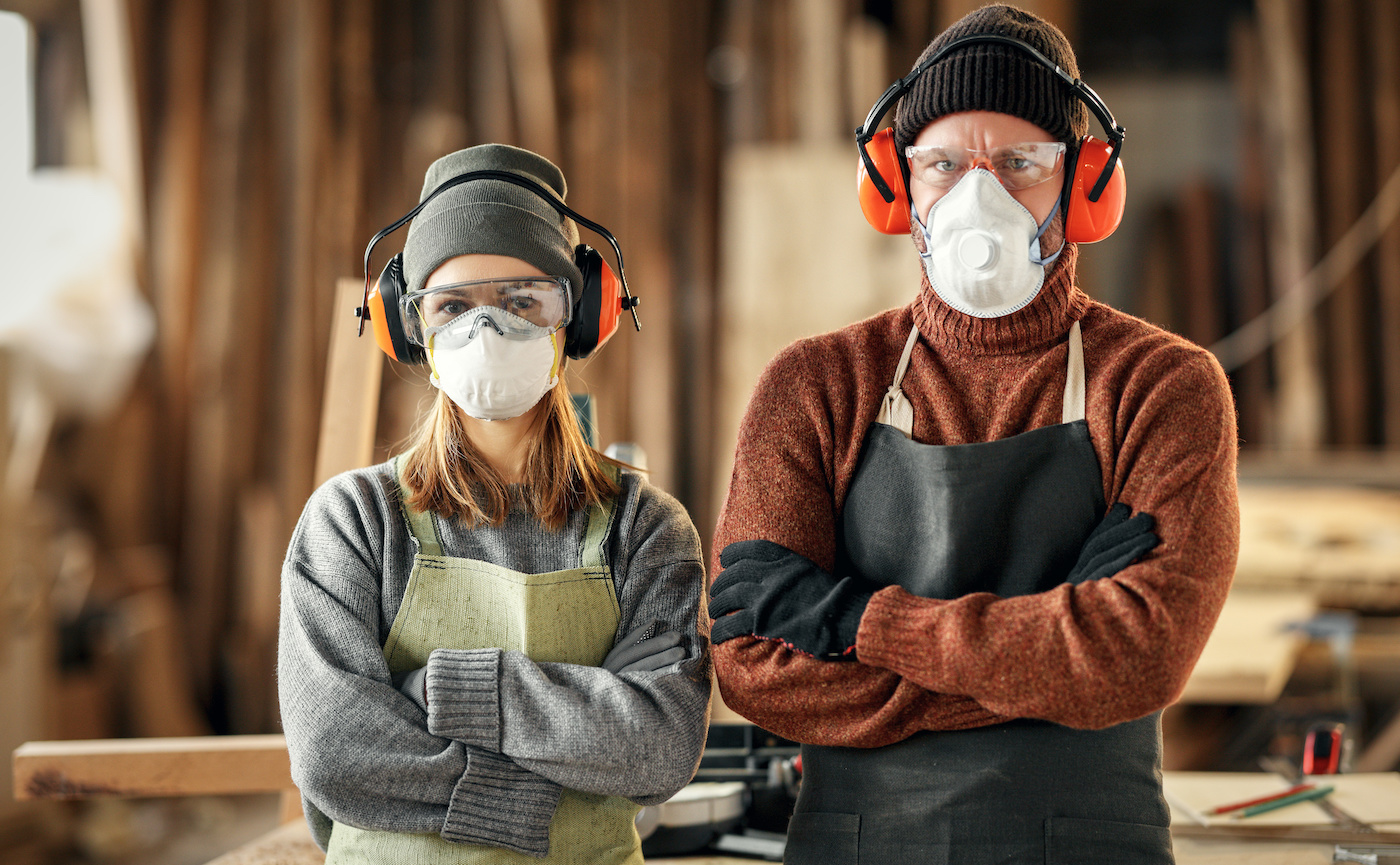
Working with power tools like sanders, saws, and drills can create very small dust particles. These particles can get into sinus passages and lungs and become an irritant.
Dust masks and respirators will act to filter the air you are breathing and limit dust irritation. If you try woodworking without a mask? You’ll see what gets into your air passages when you blow your nose. Trust me, you want this protection!
Cut Resistant Gloves
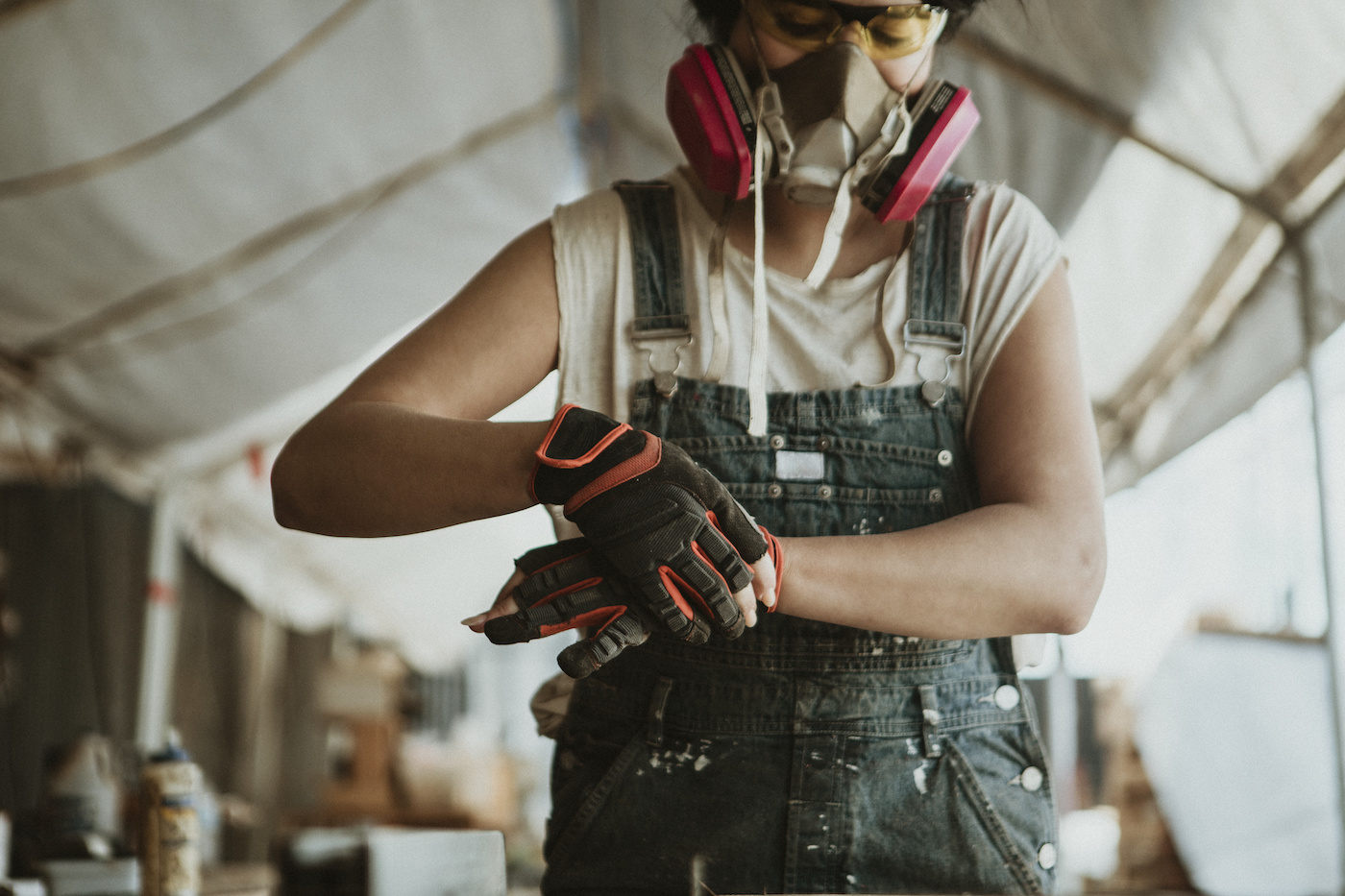
Protect your hands from splinters and cuts by using cut resistant gloves! Keep in mind that gloves like this are not fully cut proof, for example if you are using an electric saw.
However, they are designed to reduce the likelihood of sustaining serious injury, and they can protect you from smaller cuts in the woodshop like nails, sharp edges, and random blades you may come into contact with.
Steel Toe Boots

These will protect your feet from falling objects and large pieces of falling wood. A lot of steel toe boots also have puncture resistant soles that will protect your feet from sharp objects you may step on.
If you are currently debating boots like this, I’ll share with you that my mother once had to go to the emergency room due to stepping on a rake and puncturing her foot.
She was woodworking in her garage reaching for something on a shelf, and the garden tools were nearby. While the metal rake should have been on the wall, accidents can happen.
Your feet do a lot for you, so keep them protected.
Leather Apron
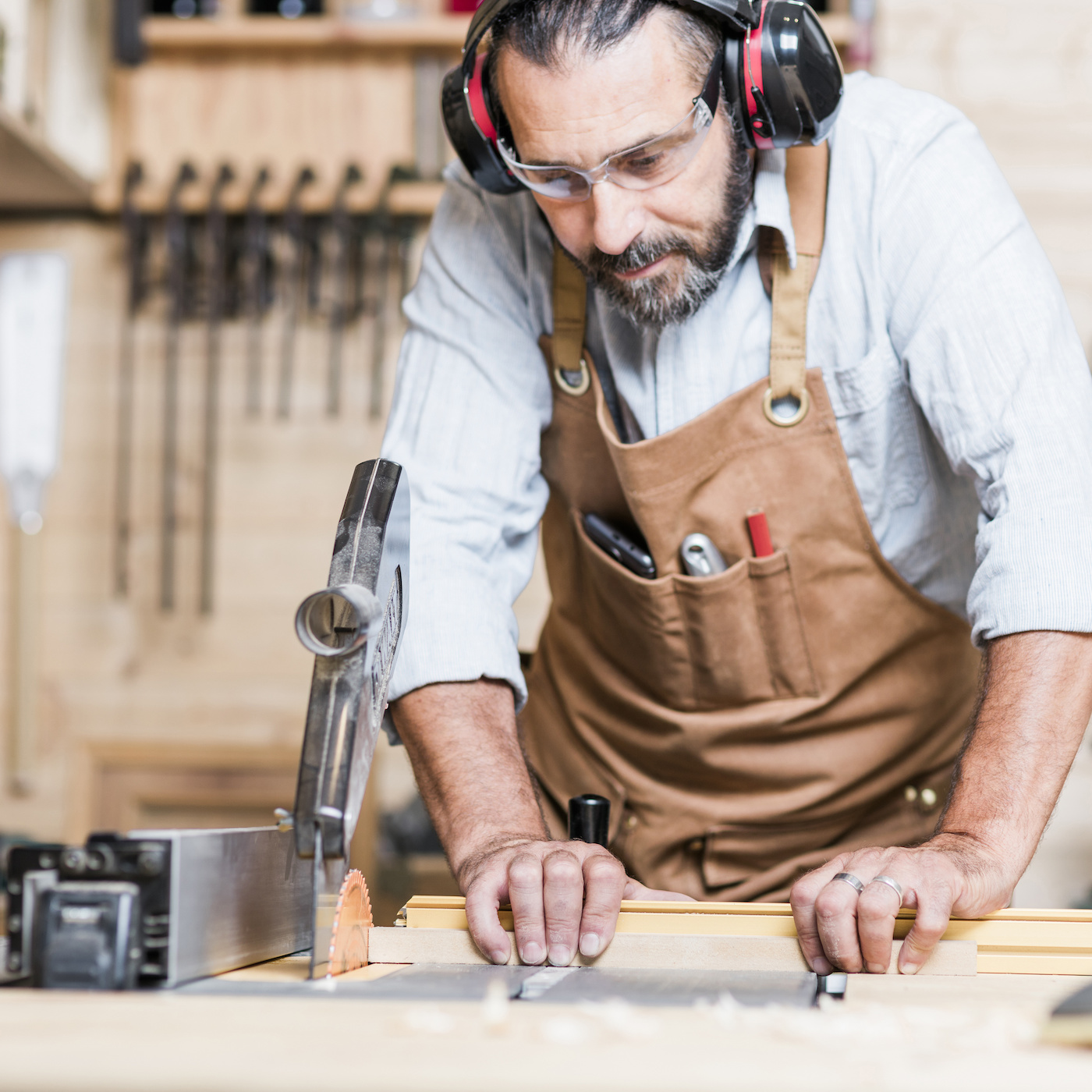
A leather apron comes in handy when working with power tools that can catch your clothing. Tools like saws and lathes can grab fabric, and that can end very badly as you might imagine.
An apron is your first line of defense, and would be grabbed first by a turning power tool and give you time to turn it off. A nice, thick leather apron can also offer a bit of protection from any pieces of flying debris.
Push Stick

A push stick can be used to help guide a piece of wood through a table saw or router table, keeping your fingers and hands away from spinning blades and serious injuries. You can see how a push stick works here. You can get ideas for DIY push sticks here.
Which of these woodworking safety equipment suggestions are on your essentials list? Am I missing anything? Let me know in the comments!
Also don’t forget to check out our tool guides: electric sander, jig saw, Kreg jig, reciprocating saw, router


